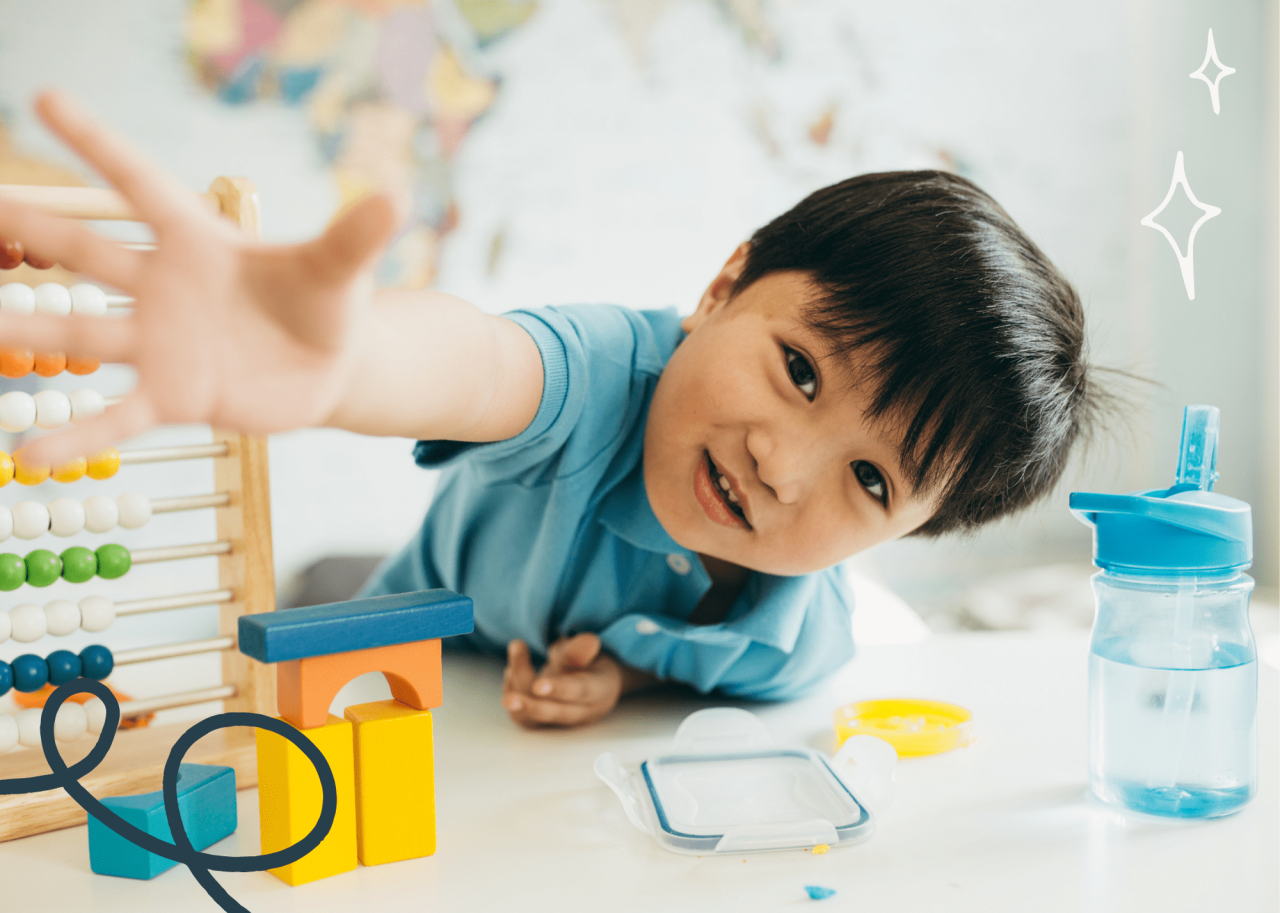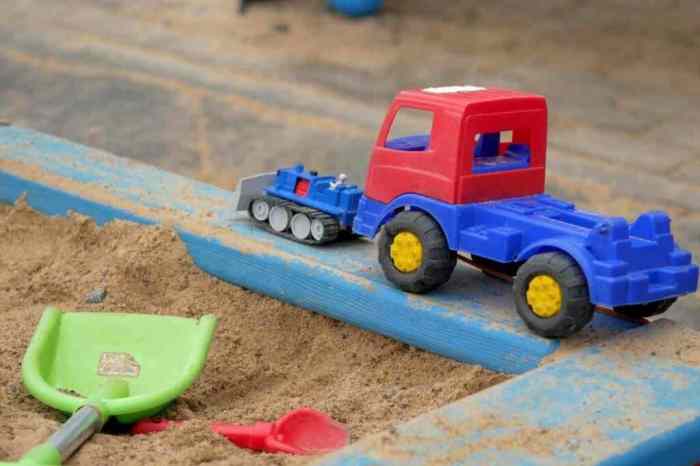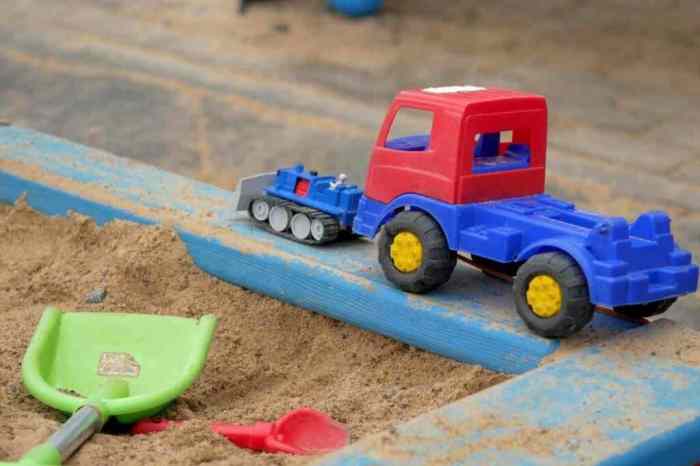Handle 2 Year Old Tantrums: Navigating this developmental stage can be tricky, but with the right strategies, you can help your little one navigate these emotional outbursts. This guide explores the reasons behind tantrums, effective management techniques, and proactive prevention strategies to help you both thrive.
Understanding the typical emotional development and communication limitations of a two-year-old is key. We’ll delve into identifying triggers, from hunger and tiredness to frustration and a growing sense of independence. This deep dive will cover various tantrum types and link them to potential underlying needs. We’ll also examine parenting styles and the importance of remaining calm and consistent, even during the storm.
Understanding Tantrums
Two-year-olds are experiencing a whirlwind of developmental changes, and tantrums are often a part of this journey. Their burgeoning independence, emerging emotions, and still-developing communication skills collide, leading to outbursts. Understanding the underlying reasons behind these emotional displays is crucial for navigating this challenging phase effectively.
Developmental Stages and Emotional Development
Two-year-olds are in a crucial stage of cognitive and emotional development. They are rapidly expanding their understanding of the world around them, but their ability to articulate their needs and manage their emotions is still quite limited. This developmental stage is characterized by a growing sense of self, a budding understanding of rules, and a desire for independence.
However, they lack the vocabulary and emotional regulation skills to express these complex feelings effectively. This often manifests as intense emotional outbursts. Their emotional responses are frequently intense, ranging from frustration to joy, often without a clear, logical connection.
Recognizing Tantrum Triggers
Tantrums aren’t random; they are often triggered by a combination of internal and external factors. Recognizing these triggers can help parents proactively address potential issues and avoid escalating situations.
- External Triggers: These are often quite noticeable and include physical discomfort (hunger, thirst, tiredness), environmental changes (loud noises, unfamiliar surroundings), or changes in routine. For example, a child accustomed to a specific bedtime routine might resist a change, leading to a tantrum.
- Internal Triggers: These are more subtle and often relate to the child’s developing emotional state. Frustration, fear, anxiety, or simply a desire for control can all contribute to a tantrum. A child might feel frustrated by a task they are unable to complete, or overwhelmed by social interactions.
Types of Tantrums and Underlying Needs
Tantrums vary significantly in their presentation, and these variations can offer clues about the child’s underlying needs.
- The Screaming Tantrum: This is characterized by intense crying, shouting, and thrashing. This often indicates a need for comfort, attention, or resolution to a problem.
- The Stomping Tantrum: A child might stomp their feet or flail their arms. This can be a response to frustration or a need for physical release.
- The Withdrawing Tantrum: Sometimes a child might shut down and become withdrawn, refusing to engage. This might signify fear, anxiety, or a need for space.
Tantrum Triggers and Potential Responses
A structured understanding of potential triggers and corresponding responses can help parents manage these situations more effectively.
| Trigger | Potential Response | Example |
|---|---|---|
| Hunger | Offer a healthy snack or meal. | If the child is hungry and fussy, offer a small portion of fruit or a few crackers. |
| Tiredness | Offer a rest or a quiet activity. | If the child is overly tired, suggest a calming activity like reading a book or a quiet play session. |
| Frustration | Break down the task, offer assistance, or provide alternatives. | If the child is struggling with a puzzle, help them break it down into smaller, manageable steps. |
| Fear | Offer comfort, reassurance, and a safe space. | If the child is afraid of something, provide a comforting presence, a hug, and a safe place. |
| Change in Routine | Maintain a predictable routine whenever possible. | Establish a consistent bedtime routine and stick to it as much as possible. |
Managing Tantrum Responses
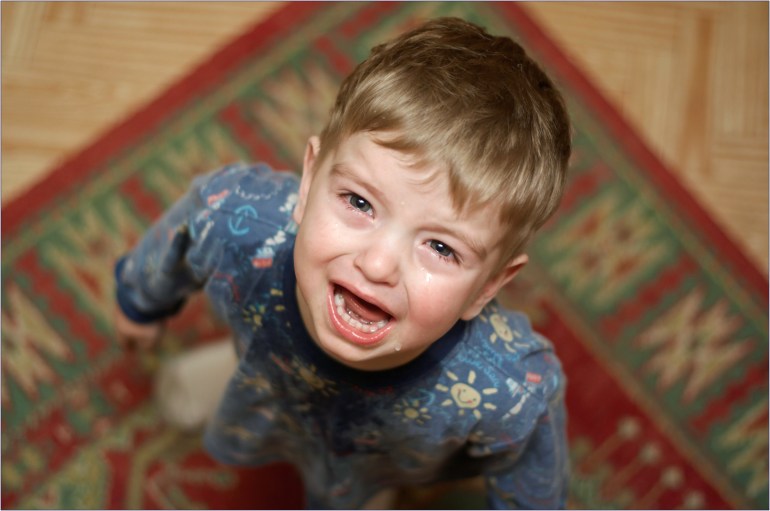
Navigating a two-year-old’s tantrum can feel like a rollercoaster. Understanding the triggers and the underlying emotions is crucial, but equally important is how we, as parents, respond. This section focuses on different parenting approaches, effective communication, and strategies for de-escalation, all with the goal of helping both the child and the parent navigate these challenging moments more smoothly.Effective management of tantrums requires a multifaceted approach.
It’s not just about stopping the behavior; it’s about teaching healthy emotional regulation and providing a supportive environment. The following sections will detail different methods for handling tantrums, emphasizing strategies for calm responses and consistent parenting.
Parenting Styles and Tantrum Management
Different parenting styles influence how tantrums are handled. Authoritative parenting, characterized by clear expectations and consistent discipline, often leads to children who understand boundaries but also have emotional safety nets. Permissive parenting, on the other hand, may result in children who lack clear guidelines and struggle with emotional control. Authoritarian parenting, often rigid and strict, may stifle emotional expression and lead to more intense outbursts.
Understanding these styles helps parents choose a parenting approach that fosters emotional intelligence and self-regulation in their children.
Effective Communication Strategies
Effective communication is key to managing tantrums. Positive reinforcement strengthens desired behaviors. For instance, when a child expresses their needs calmly, praising their effort can encourage future calm communication. Redirection is also a valuable tool. If a child is upset about not getting a toy, redirecting them to a similar toy or activity can help shift their focus.
It’s important to focus on the behavior, not the emotion. For example, instead of saying “Stop crying,” try “I see you’re upset. Let’s find a way to make you feel better.”
Remaining Calm and Consistent
Modeling emotional regulation is vital. Children learn by observing. If parents remain calm and composed during a tantrum, they teach their children that emotions are manageable. Consistency is also crucial. Children thrive on predictable routines and expectations.
A consistent approach to tantrums builds trust and helps children understand acceptable behavior. Consistency doesn’t mean rigidity; it means providing clear and consistent boundaries within a supportive framework.
De-escalation Techniques
De-escalating a tantrum involves understanding the child’s needs and creating a safe space. Empathetic responses, such as acknowledging the child’s feelings, can help them feel understood. For example, “I can see you’re really frustrated.” Creating a calm and quiet space where the child can regain control is also crucial. This could involve a designated quiet corner or a brief time-out.
Table of De-escalation Techniques
| Technique | Description | Situations |
|---|---|---|
| Empathetic Listening | Acknowledge and validate the child’s feelings without judgment. | General tantrums, frustration over rules, unmet needs. |
| Redirection | Shift the child’s focus to a different activity or object. | Tantrums triggered by specific desires or requests. |
| Time-Out (short and supervised) | Provide a safe space for the child to calm down. | Severe tantrums, when the child is actively harming themselves or others. |
| Positive Reinforcement | Praise and reward desired behaviors. | During the calm period after a tantrum. |
| Physical Comfort | Hug, cuddle, or provide a comforting presence. | Tantrums driven by fear, anxiety, or loneliness. |
Prevention Strategies: Handle 2 Year Old Tantrums
Tantrums, while a normal part of toddler development, can be significantly reduced with proactive strategies. Understanding the underlying causes and implementing preventive measures can dramatically lessen their frequency and intensity. This section delves into creating a predictable environment, fostering strong parent-child bonds, and anticipating potential triggers.
Dealing with a two-year-old’s tantrums can be exhausting, but sometimes a little perspective can help. It’s like navigating a philosophical concept, a bit like trying to understand the subtle nuances of “bosse de nage the god ennui” bosse de nage the god ennui. You’re both experiencing a unique kind of emotional landscape, and remembering that can make things a little less overwhelming.
Ultimately, though, it’s all about understanding and responding to their needs, even during those intense moments.
Consistent Routines and Predictable Environments
Predictability is a toddler’s greatest comfort. A structured daily routine provides a sense of security and reduces anxiety, a key factor in preventing tantrums. When routines are consistent, children know what to expect, and this minimizes confusion and frustration.
- Establish a daily schedule that includes consistent mealtimes, nap times, playtime, and bedtime. This predictability helps children feel secure and in control, decreasing the likelihood of unexpected or frustrating situations that may lead to tantrums.
- Create a consistent environment. A familiar space fosters a sense of calm and reduces anxiety. Using the same furniture arrangement, toys, and decorations can reinforce a feeling of safety and predictability.
- Clearly communicate transitions. Before changing activities, let your toddler know what’s coming next. Using simple phrases like, “Now it’s time to clean up,” or “After lunch, we’re going for a walk,” helps prepare them for the upcoming change.
Building Strong Parent-Child Relationships, Handle 2 Year Old Tantrums
A strong parent-child bond is foundational to a toddler’s emotional well-being. Children who feel loved, understood, and supported are better equipped to manage challenging emotions, including those that lead to tantrums.
Dealing with a two-year-old’s tantrums can feel like navigating a minefield, but sometimes a little musical distraction can help! Listening to something new, like Ty Segall’s latest Harry Nilsson covers EP ty segall releases new harry nilsson covers ep listen , can provide a much-needed calm in the storm. It’s all about finding those moments of peace and quiet, even if it’s just for a few minutes, to help navigate the meltdowns.
- Spend quality time together. Engage in activities that both you and your child enjoy, such as reading books, playing games, or simply cuddling. These moments foster connection and build trust.
- Respond to your child’s needs. Pay attention to nonverbal cues and acknowledge their emotions, even if you can’t immediately address their demands. Validating their feelings helps them feel understood and less likely to escalate.
- Praise and encourage positive behaviors. Highlighting and rewarding positive actions reinforces desired behaviors and strengthens the bond between you and your child.
Anticipating and Addressing Potential Triggers
Recognizing potential triggers allows you to intervene proactively, preventing tantrums before they escalate. Knowing what situations or demands typically lead to a meltdown empowers you to modify the environment or your approach.
Dealing with a two-year-old’s tantrums can feel like battling a force of nature, but remember, it’s not some supernatural phenomenon. Sometimes, those epic meltdowns can feel like encountering a frightening ghost or a paranormal presence, but it’s usually just a phase. It’s all about understanding their needs and responding calmly, just like learning to accept the lack of the supernatural.
To truly understand the root of these little dramas, you might find some helpful insights in this article about Stop Fearing Ghosts and Paranormal Phenomena. Ultimately, though, the key is consistent routines and clear communication. The trick is to see past the tantrum and connect with the child behind it.
- Identify patterns. Observe your child’s behavior to pinpoint situations that frequently precede tantrums. Are they tired? Overwhelmed by choices? Recognizing patterns allows for proactive strategies.
- Adjust your expectations. Toddlers have limited capacity for self-regulation. Avoid situations that may be too challenging or overwhelming for their age and development level.
- Provide choices. Giving toddlers age-appropriate choices empowers them and reduces feelings of helplessness. This can significantly reduce power struggles and the associated tantrums.
Managing Energy Levels and Needs
A tired or hungry child is more susceptible to tantrums. Managing energy levels and meeting basic needs is crucial for preventing outbursts.
- Ensure adequate sleep. A well-rested toddler is better equipped to manage their emotions and engage in activities without frustration. A consistent sleep schedule is essential.
- Provide nutritious meals and snacks. A healthy diet fuels the body and mind, reducing the likelihood of mood swings and irritability.
- Offer appropriate activities. Engage your child in age-appropriate activities that keep them stimulated and entertained. This helps avoid boredom and frustration, common triggers for tantrums.
Predictable Routines in Daily Activities
Implementing predictable routines into daily activities minimizes tantrum-inducing situations.
| Activity | Routine | Potential Tantrum Triggers | Prevention Strategy |
|---|---|---|---|
| Mealtimes | Consistent mealtimes, structured meal routine | Hunger, rushed meals, picky eating | Provide healthy food options, establish a routine, and allow ample time for eating. |
| Naptime | Consistent naptime schedule, quiet environment | Tiredness, resistance to sleep | Maintain a consistent naptime schedule, create a relaxing atmosphere, and offer calming bedtime rituals. |
| Playtime | Designated playtime, structured activities | Boredom, lack of attention, transitions | Offer a variety of age-appropriate toys and activities, keep playtime engaging, and communicate transitions clearly. |
| Bedtime | Consistent bedtime routine, quiet environment | Resistance to sleep, tiredness | Maintain a consistent bedtime routine, create a calming atmosphere, and offer comforting rituals before bed. |
Addressing Underlying Needs
Tantrums in two-year-olds are often more than just displays of frustration; they can be cries for help, signaling unmet needs. Understanding these underlying needs is crucial for effective intervention. Recognizing the root cause allows for a more compassionate and responsive approach, shifting from reacting to understanding. This section delves into identifying potential needs, providing strategies to address them, and empowering children to express their feelings constructively.Two-year-olds are navigating a world of rapid cognitive and emotional development.
Their limited language skills and burgeoning sense of independence often lead to frustration when they can’t communicate their desires or needs effectively. This frustration frequently manifests as tantrums. Recognizing and responding to these underlying needs empowers parents to foster a supportive environment, guiding children towards healthy emotional regulation.
Identifying Potential Underlying Needs
Tantrums can stem from a variety of unmet needs. These needs may include a desire for autonomy, a need for attention, feelings of frustration over not being able to communicate their wants or needs, or simply a need for comfort. Careful observation and a willingness to listen are key to identifying the underlying need. For example, a child might throw a tantrum when they are asked to put on a specific outfit.
This might be because they feel a lack of control or a desire for autonomy over their own choices.
Strategies for Understanding and Addressing Underlying Needs
Effective strategies involve actively listening and responding to a child’s cues. This includes noticing nonverbal communication such as body language, facial expressions, and tone of voice. Understanding the child’s perspective is essential. A two-year-old may be frustrated by a situation that an adult might not see as a significant issue. For instance, a child might have difficulty transitioning between activities, demonstrating a need for predictability.
Parents can use simple verbal cues to signal changes in routine or plans. Also, maintaining open communication channels, even when tantrums are occurring, can build trust and understanding. For instance, phrases like “I understand you’re upset,” or “Let’s talk about why you’re feeling this way” can be incredibly helpful in de-escalating the situation.
Creating Opportunities for Healthy Expression
Providing opportunities for healthy expression of emotions is crucial. This can include encouraging the child to use words to express their feelings, even if they are simple words. Providing comfort and support during these emotional outbursts is essential. Role-playing scenarios, drawing pictures to express emotions, or even creating a “feelings chart” can help the child develop emotional literacy.
Providing Choices and Opportunities for Control
Giving children choices fosters a sense of control. Even small choices can empower them. For instance, offering two outfits to choose from, or letting them decide between two activities, can give them a sense of agency. This sense of control is a crucial aspect of their emotional development. The ability to make choices, even small ones, can help build self-esteem and reduce feelings of powerlessness, thereby reducing the frequency of tantrums.
Methods for Providing a Sense of Control
| Method | Description | Example | Effectiveness |
|---|---|---|---|
| Offering Choices | Providing two or more options to choose from | “Do you want to wear the blue shirt or the red shirt?” | High |
| Using Visual Schedules | Creating a visual representation of the day’s activities | Using pictures or symbols to show the sequence of events | Moderate to High |
| Predictable Routines | Establishing consistent daily routines | Knowing that playtime follows mealtime | High |
| Involving in Simple Chores | Giving age-appropriate tasks to complete | Helping set the table | Moderate to High |
Resources and Support
Navigating the rollercoaster of toddler tantrums can feel isolating. Knowing you’re not alone and having access to helpful resources is crucial. This section provides practical support for parents seeking guidance and strategies to manage these challenging moments.This section will Artikel a variety of resources, from books and websites to support groups, to assist parents in finding the help they need.
It also highlights the importance of building a support network and when professional guidance is recommended.
Books for Understanding Tantrums
Understanding the root causes of tantrums is key to effective management. Numerous books offer insights into toddler development and strategies for navigating challenging behaviors.
- The Explosive Child by Ross W. Greene: This book provides a framework for understanding and managing challenging behaviors in children, which can be highly relevant to understanding the triggers and root causes behind tantrums.
- Positive Discipline by Jane Nelsen, Lynn Lott, and H. Stephen Glenn: This book offers practical strategies for raising children with respect and understanding, including effective approaches for addressing difficult situations such as tantrums.
- How to Talk So Kids Will Listen & Listen So Kids Will Talk by Adele Faber and Elaine Mazlish: This book focuses on effective communication techniques that can be vital in de-escalating tantrums and fostering positive interactions.
Websites for Parent Support
Online resources offer a wealth of information and connect parents with others facing similar challenges.
- The National Association for the Education of Young Children (NAEYC): Provides evidence-based information on child development and early childhood education, including helpful articles and resources on managing challenging behaviors.
- Zero to Three: This website offers information on the development and well-being of infants and toddlers, including resources on supporting children through challenging behaviors and promoting healthy emotional development.
- Parenting.com: A comprehensive website with articles, advice, and forums dedicated to parenting, offering support and insights into various parenting challenges, including tantrums.
Support Groups and Communities
Connecting with other parents experiencing similar situations can be invaluable.
- Local Parent Support Groups: Many communities have parent support groups dedicated to specific age ranges or interests. These groups offer opportunities to share experiences, exchange advice, and receive emotional support.
- Online Parent Forums: Online forums dedicated to parenting or specific age groups can provide a safe space for sharing experiences and seeking advice from other parents who have navigated similar challenges. Be cautious about the sources of advice you encounter online.
Seeking Professional Guidance
Professional guidance is sometimes necessary to address underlying issues or develop specific strategies for managing tantrums.
- When to Seek Consultation: If tantrums are frequent, severe, or impacting daily life significantly, or if you suspect an underlying developmental or medical issue, consulting a pediatrician, therapist, or child psychologist is recommended. The presence of ongoing anxiety or depression in the parent can also impact their ability to manage tantrums effectively.
- Types of Professionals: Pediatricians can assess overall development and rule out medical causes. Therapists and psychologists specialize in behavioral issues and can provide support and guidance in managing tantrums and developing coping mechanisms. Consider a consultation if you are struggling with consistent and intense tantrums.
Last Recap
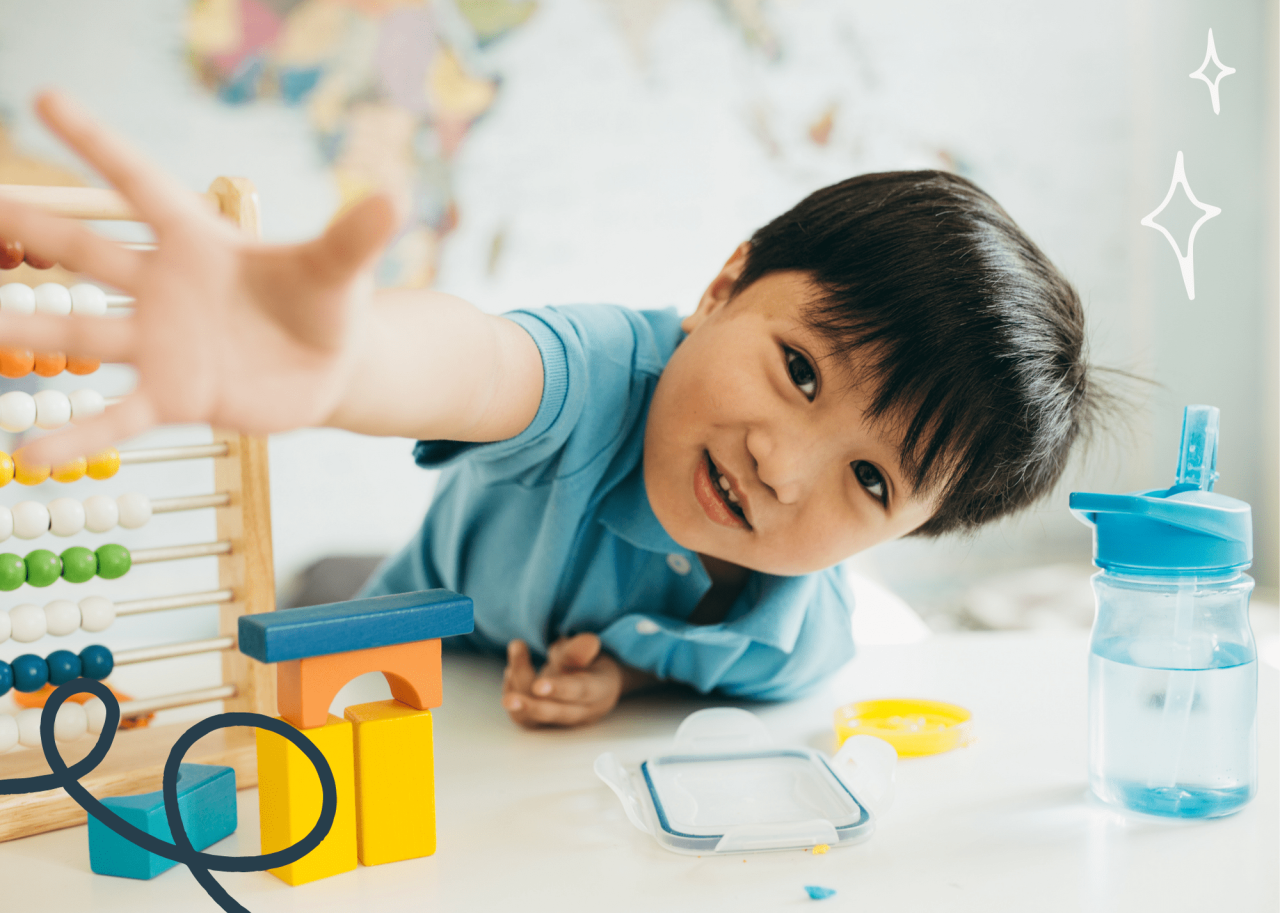
Ultimately, managing two-year-old tantrums is about understanding, responding, and preventing. By recognizing triggers, employing effective de-escalation techniques, and addressing underlying needs, you can create a more positive and supportive environment for both you and your child. Remember, consistency and a strong parent-child bond are vital. We hope this guide equips you with the knowledge and tools to navigate these challenging moments with confidence and grace.
